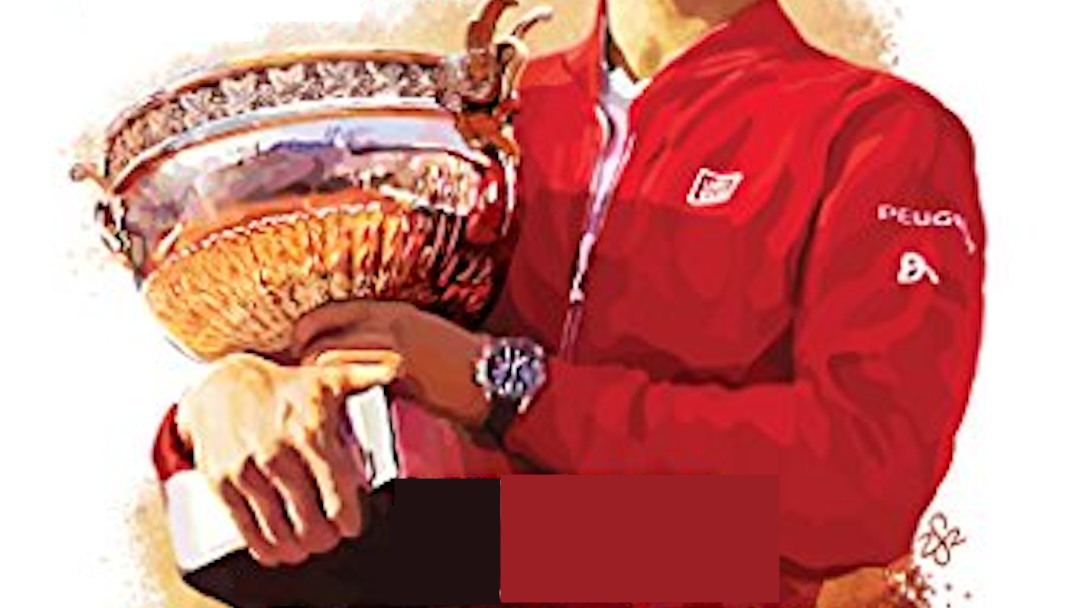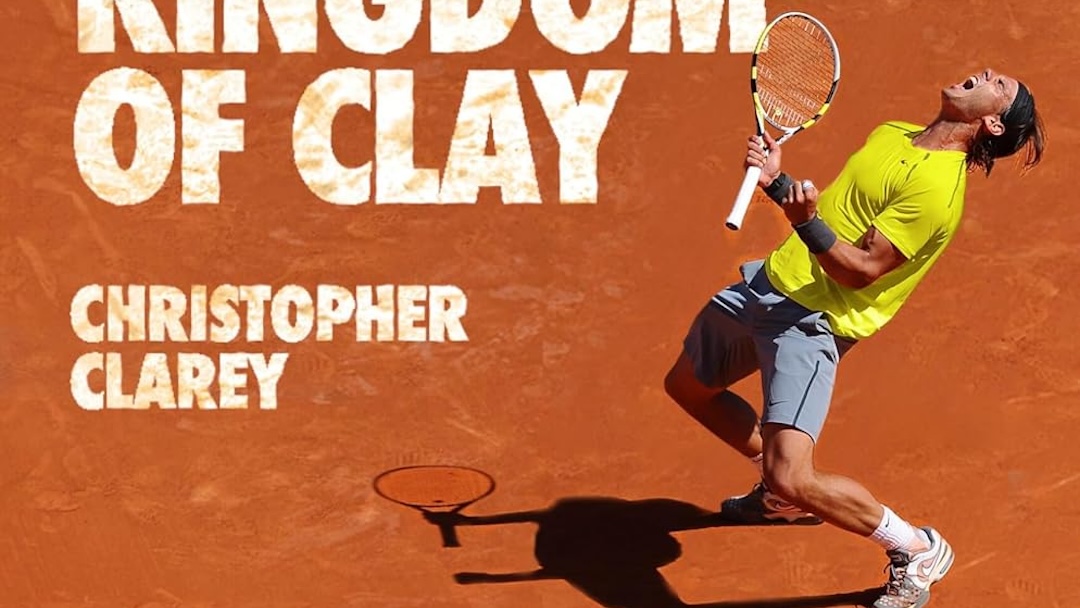Tennis Hits the Books
I received a question this week about point composition from one of my friends who also happens to be a regular follower of this blog. My first reaction to the inquiry was that I am a curious person to reach out to for strategic or tactical advice. It is widely rumored that the reason I prefer playing singles over doubles is to avoid having to regularly apologize to my partner for my erratic shot selection and inability to maintain focus on the game plan.
However, I quickly came to the realization that there is one place where my strategic acumen is fairly strong. That would be when I am standing courtside, holding a beer, while watching someone else play. And really, what is the essence of this blog if not that?
Based on the commercially successful tennis sites, this is where I should insert a pitch for my own “Winning Patterns Playbook” which everyone is invited to download in exchange for a small fee or an email address. The fact that I am not doing that would be yet another example of how I am running this blog all wrong.
Looking into my crystal ball, I feel reasonably confident staking the claim that I will never publish a magic tennis playbook. At the same time, I am sure that almost every instantiation of playbooks will eventually worm their way into my possession at some point in time. I am nothing, if not fascinated about tennis advice that bandied about in the commercial market.
My fundamental hang up about tennis playbooks is because I regard the development of strategy and tactics is a highly situational and complex calculation. What is important in tennis, is to understand how to develop and adjust tactics at all points in a competitive match. Walking onto the court with a pre-conceived play for the strategy and tactics that will be used during a match is always a terrific idea. At the same time, we have a saying at my day job within the military industrial complex… “No plan survives first contact with the enemy.” Adjustment is almost always a necessity.
The foundations of strategy and tactics were developed and refined out of ancient and historic military philosophy. Strategy is the broad statement of objectives while the tactics are the smaller scale initiatives used to achieve the strategic objectives. The thought pattern I use to plan strategy for an upcoming match starts with the statement “I am going to win this match by…” The part that comes after that statement is what I consider to be the broad strategy.
As an example, let’s say that I observed or had advance knowledge that my opponent struggles to hit a high backhand. My strategy statement in this scenario might go something like “I am going to win this match by making sure I force my opponent to hit at least one high backhand on every point.” Sometimes this would be appended with “… before I do anything stupid.” As a tennis parent, I would sometimes have the umpire I gave birth to raise her right hand and solemnly swear that she would do her best to make her opponents hit three high backhands on every point.
The tactics selected to achieve the strategic objective are very much dependent on the tools the player has available in his or her toolbox. One very efficient way to force an opponent to hit a high backhand would be to hit a big kick serve to that location on every serve. The problem with the selection of that tactic for me personally is that I don’t actually have that shot. Consequently, that would be a really dumb tactic to attempt. As an editorial note, that does not always stop me from trying.
I have been talking a lot about Strength-Weakness-Opportunity-Threat (SWOT) analysis in conjunction with organizational analysis of the USTA. This week as I considered this topic, I came to the realization that SWOT is the very essence of the on court problem solving process for competing in tennis. The selection of strategy and tactics is essentially an ongoing SWOT analysis by the player. I am planning on diving more fully into that process next week.
In the meantime, I highly recomment a classic tennis book published by the USTA. Tennis Tactics: Winning Patterns of Play is the first comprehensive collection of shot patterns for tennis. Additionally, each pattern is accompanied by a method for drilling and practice. Quite simply, it is a very useful resource for a player who is evaluating their own game. It is also useful for planning lessons and practice around the development of tools for the tennis toolbox.
The first key to tennis strategy and tactics is for the player to understand their own game. This will be the focus of next week’s “Tennis Hits the Books” post. In the meantime, there are two ways for a player to explore that topic. The first is a detached observation of the player’s own match play. The second is working through the set of drills in Tennis Tactics: Winning Patterns of Play. The ones that are easily and naturally executed are the tools that are currently in the players arsenal.
 | Tennis Tactics: Winning Patterns of Play – July 10, 1996 by the United States Tennis Association |
Fiend At Court participates in the amazon associates program and receives a paid commission on any purchases made via the links in this article. Additional details on the disposition of proceeds from this source are available in the “About Fiend at Court” page.
Editorial Note: Thanks for the question, Derek. I owe you a “Fiend at Court” bag tag the next time I see you!



